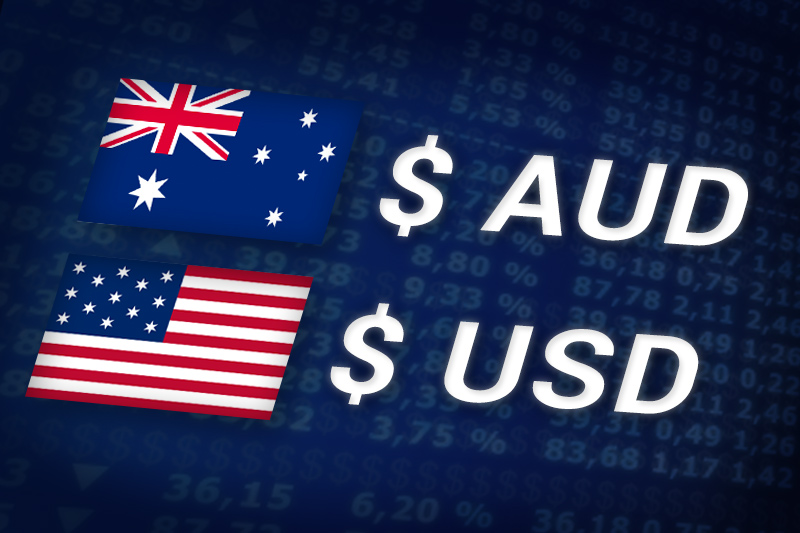Investing.com – The Australian dollar was up against its U.S. counterpart on Wednesday, rebounding from a 10-day low, after three regional Federal Reserve presidents indicated that the bank will begin fresh monetary easing.
AUD/USD hit 0.9789 during European morning trade, a daily high; the pair subsequently consolidated at 0.9781, jumping 1.01%.
The pair was likely to find support at 0.9541, the low of October 5 and resistance at 0.9957, Tuesday’s high.
Earlier in the day, data showed that the Westpac/Melbourne Institute index of leading indicators, which indicates the likely pace of Australia’s economic activity three to nine months into the future, continued to slow in August.
The index fell to -0.1% in August, after falling to a revised 0.3% in July.
Commenting on the report, Westpac Chief Economist, Bill Evans said "This is the fifth consecutive month when the growth rate of the Index has slowed. In absolute terms the growth rate of the Index is still high but it has clearly peaked”.
Mr. Evans also said that he now expected the Reserve Bank of Australia to keep its benchmark interest rate at its current level of 4.5% until February.
The Aussie was also up against the euro, with EUR/AUD shedding 0.16% 1.4150.
Later in the day, the Federal Reserve was to release its Beige Book, a summary of the data the bank examines before setting the benchmark interest rate.
AUD/USD hit 0.9789 during European morning trade, a daily high; the pair subsequently consolidated at 0.9781, jumping 1.01%.
The pair was likely to find support at 0.9541, the low of October 5 and resistance at 0.9957, Tuesday’s high.
Earlier in the day, data showed that the Westpac/Melbourne Institute index of leading indicators, which indicates the likely pace of Australia’s economic activity three to nine months into the future, continued to slow in August.
The index fell to -0.1% in August, after falling to a revised 0.3% in July.
Commenting on the report, Westpac Chief Economist, Bill Evans said "This is the fifth consecutive month when the growth rate of the Index has slowed. In absolute terms the growth rate of the Index is still high but it has clearly peaked”.
Mr. Evans also said that he now expected the Reserve Bank of Australia to keep its benchmark interest rate at its current level of 4.5% until February.
The Aussie was also up against the euro, with EUR/AUD shedding 0.16% 1.4150.
Later in the day, the Federal Reserve was to release its Beige Book, a summary of the data the bank examines before setting the benchmark interest rate.
